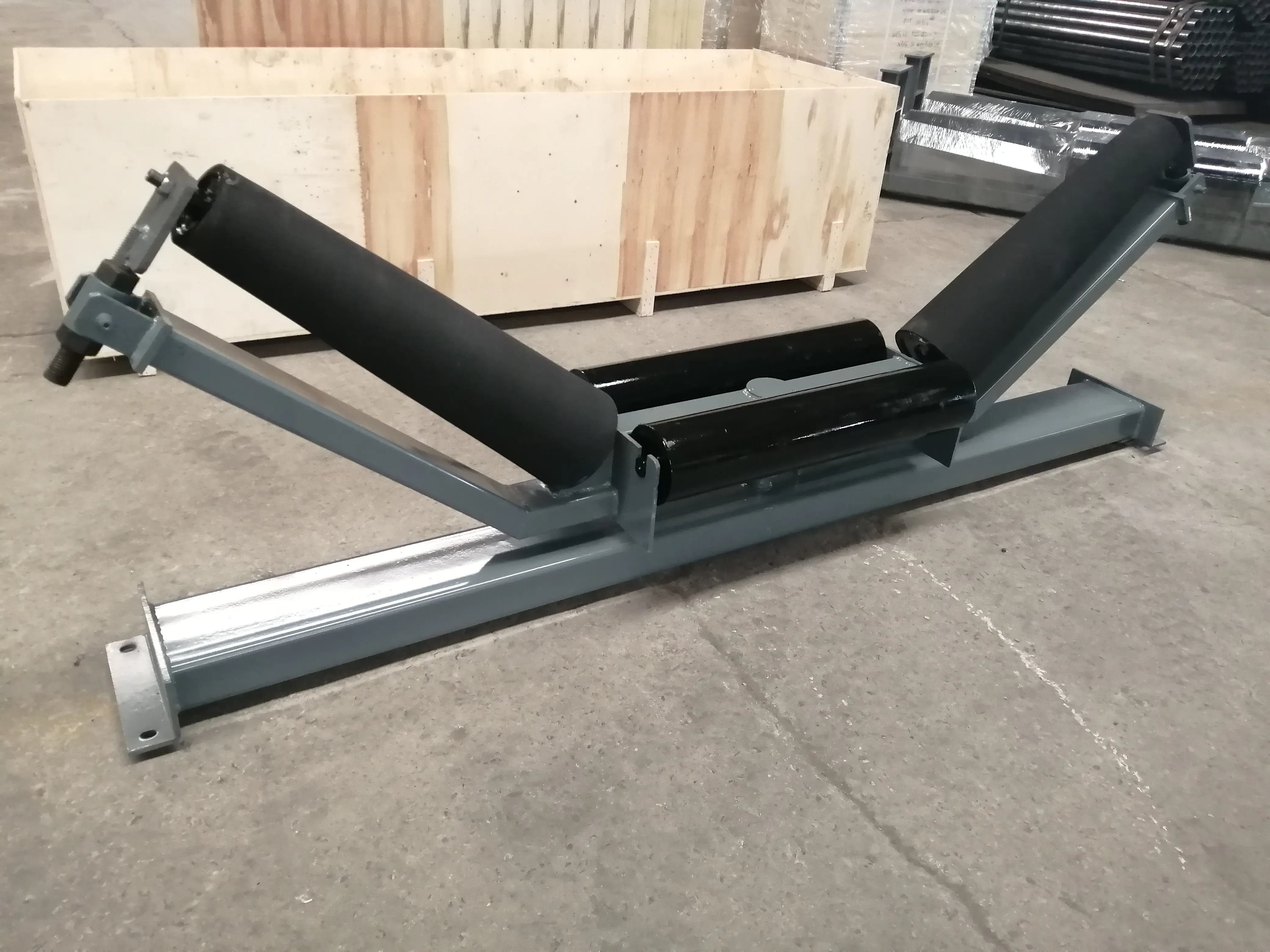 Afrikaans
Afrikaans  Albanian
Albanian  Amharic
Amharic  Arabic
Arabic  Armenian
Armenian  Azerbaijani
Azerbaijani  Basque
Basque  Belarusian
Belarusian  Bengali
Bengali  Bosnian
Bosnian  Bulgarian
Bulgarian  Catalan
Catalan  Cebuano
Cebuano  Corsican
Corsican  Croatian
Croatian  Czech
Czech  Danish
Danish  Dutch
Dutch  English
English  Esperanto
Esperanto  Estonian
Estonian  Finnish
Finnish  French
French  Frisian
Frisian  Galician
Galician  Georgian
Georgian  German
German  Greek
Greek  Gujarati
Gujarati  Haitian Creole
Haitian Creole  hausa
hausa  hawaiian
hawaiian  Hebrew
Hebrew  Hindi
Hindi  Miao
Miao  Hungarian
Hungarian  Icelandic
Icelandic  igbo
igbo  Indonesian
Indonesian  irish
irish  Italian
Italian  Japanese
Japanese  Javanese
Javanese  Kannada
Kannada  kazakh
kazakh  Khmer
Khmer  Rwandese
Rwandese  Korean
Korean  Kurdish
Kurdish  Kyrgyz
Kyrgyz  Lao
Lao  Latin
Latin  Latvian
Latvian  Lithuanian
Lithuanian  Luxembourgish
Luxembourgish  Macedonian
Macedonian  Malgashi
Malgashi  Malay
Malay  Malayalam
Malayalam  Maltese
Maltese  Maori
Maori  Marathi
Marathi  Mongolian
Mongolian  Myanmar
Myanmar  Nepali
Nepali  Norwegian
Norwegian  Norwegian
Norwegian  Occitan
Occitan  Pashto
Pashto  Persian
Persian  Polish
Polish  Portuguese
Portuguese  Punjabi
Punjabi  Romanian
Romanian  Russian
Russian  Samoan
Samoan  Scottish Gaelic
Scottish Gaelic  Serbian
Serbian  Sesotho
Sesotho  Shona
Shona  Sindhi
Sindhi  Sinhala
Sinhala  Slovak
Slovak  Slovenian
Slovenian  Somali
Somali  Spanish
Spanish  Sundanese
Sundanese  Swahili
Swahili  Swedish
Swedish  Tagalog
Tagalog  Tajik
Tajik  Tamil
Tamil  Tatar
Tatar  Telugu
Telugu  Thai
Thai  Turkish
Turkish  Turkmen
Turkmen  Ukrainian
Ukrainian  Urdu
Urdu  Uighur
Uighur  Uzbek
Uzbek  Vietnamese
Vietnamese  Welsh
Welsh  Bantu
Bantu  Yiddish
Yiddish  Yoruba
Yoruba  Zulu
Zulu types of pulley in conveyor belt
Types of Pulleys in Conveyor Belts
Conveyor belts are integral to various industries, facilitating the efficient movement of materials from one point to another. A key component of these systems is the pulley, which plays a crucial role in supporting and controlling the movement of the belt. There are several types of pulleys used in conveyor belt systems, each designed to cater to specific operational needs.
1. Drive Pulleys
Drive pulleys are responsible for powering the conveyor belt’s movement. These pulleys are usually located at the tail end of the conveyor and are driven by an electric motor. The motor's energy is transferred to the pulley, causing it to rotate and move the belt. Drive pulleys often feature a rubberized surface to enhance traction and prevent slippage.
Return pulleys, as the name suggests, are located at the end where the belt returns after delivering its load. They serve to support the belt in its return journey and are critical for maintaining belt tension. Unlike drive pulleys, return pulleys do not drive the belt but are essential for proper belt alignment and stability.
3. Tail Pulleys
types of pulley in conveyor belt

Tail pulleys are situated at the tail end of the conveyor belt and serve multiple functions. They help in keeping the belt in place and prevent it from sagging, which could lead to wear and tear. Tail pulleys can also be drive pulleys if they are equipped with a motor. In most setups, they are often designed to be non-driven, allowing the belt to have an efficient return path.
4. Snub Pulleys
Snub pulleys are used to change the direction of the belt, typically increasing the angle of wrap around a drive pulley. This can improve the traction between the belt and the drive pulley, thus enhancing efficiency. They are often used in systems where space is limited and help in reducing the risk of slippage.
5. Idler Pulleys
Idler pulleys are crucial for supporting the belt and maintaining proper tension across the conveyor system. They are positioned at various points along the conveyor to guide the belt and reduce sagging. There are different types of idler pulleys, including flat, trough, and return idlers, tailored to specific load and alignment requirements.
Conclusion
In summary, the proper selection and maintenance of pulleys are vital for ensuring the efficiency and reliability of conveyor belt systems. Understanding the different types of pulleys—drive, return, tail, snub, and idler—enables businesses to optimize their material handling processes. By incorporating the right pulleys, industries can enhance productivity, reduce maintenance costs, and prolong the life of their conveyor systems.
-
Revolutionizing Conveyor Reliability with Advanced Rubber Lagging PulleysNewsJul.22,2025
-
Powering Precision and Durability with Expert Manufacturers of Conveyor ComponentsNewsJul.22,2025
-
Optimizing Conveyor Systems with Advanced Conveyor AccessoriesNewsJul.22,2025
-
Maximize Conveyor Efficiency with Quality Conveyor Idler PulleysNewsJul.22,2025
-
Future-Proof Your Conveyor System with High-Performance Polyurethane RollerNewsJul.22,2025
-
Driving Efficiency Forward with Quality Idlers and RollersNewsJul.22,2025





























